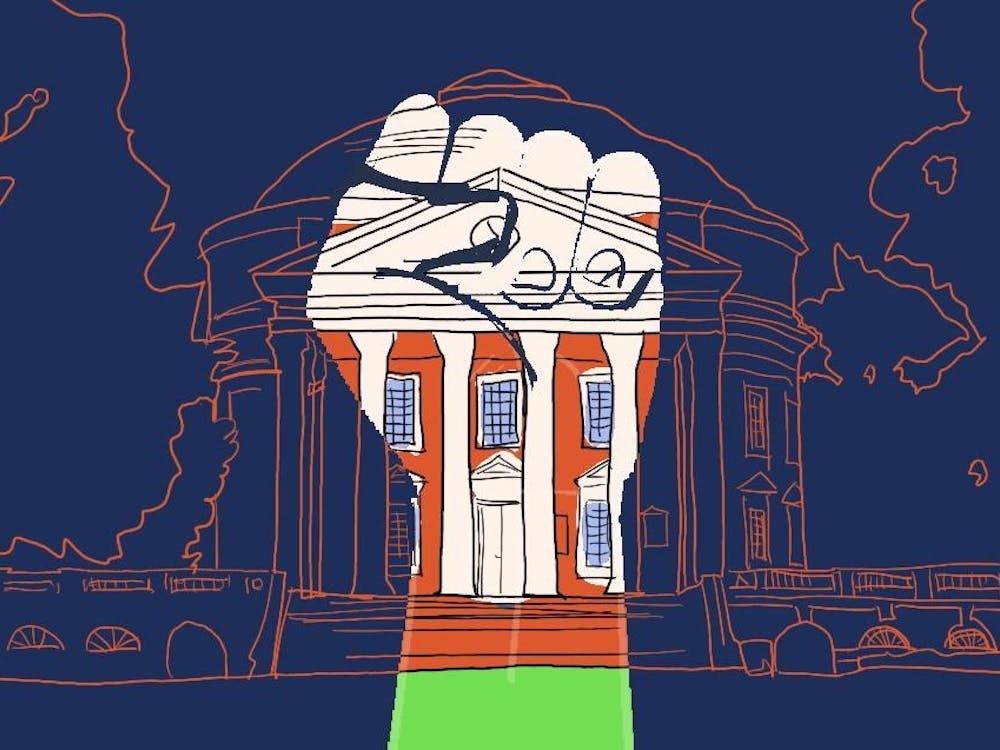Protests on college campuses pertaining to race issues continue to make headlines. Most recently, a student group called the Black Justice League at Princeton University is demanding that the school acknowledge the segregationist and racist beliefs of a prized alumnus, U.S. President Woodrow Wilson. After staging a walkout with about 200 students, about 15 students occupied the office of Princeton’s president. Among other requests, the group is asking that Wilson’s name be expunged from the Woodrow Wilson School of Public and International Affairs — Princeton’s public policy school — as well as a residential college.
Similar debates about renaming and memorialization have arisen at both the University of Missouri at Columbia and the College of William & Mary, where students have placed sticky notes on statues of Thomas Jefferson reading “rapist” and “racist.” At Missouri, some students are asking that a statue of Jefferson be removed.
As many other schools reconsider which figures they commemorate and how they do so, University students have not mobilized to question the commemoration of controversial figures at our school. This most obviously includes Jefferson, but also figures like Woodrow Wilson, for whom the politics department is named; buildings from Old Cabell Hall to Bonnycastle dorm are named after slave-owners. The difference in reactions highlights the University’s unique approach to addressing these controversies. The approach is focused on balancing our understanding of important figures at the University with education on negative elements of University history. This makes sense, as incorporating proposals such as name removal could risk historical revisionism instead of educating students.
Most recently, the University named its newest dorm, Gibbons dorm, for two former University slaves. Doing so was part of a bigger push to memorialize the work of enslaved laborers in building and maintaining the University through emancipation. Student groups such as the University Guide Service emphasize the negative aspects of both Jefferson’s personal history with racial issues and the University’s history in historical tours, while the student group Memorialization for Enslaved Laborers, or MEL, recently received CIO status and works with the President’s Commission on Slavery and the University.
Alice Burgess, a third-year College student and the chair of MEL, said the organization has not yet considered the question of renaming buildings, since it is currently aimed at spreading awareness of the University’s controversial history and “the stories that haven’t been told.”
Moses Abraham, a third-year College student and outreach chair for MEL, said the issue is especially salient for black students at the University, some of whom he says refer to the Lawn in conversation as a “plantation.”
“Because at least to some extent most University students know about Thomas Jefferson and what he stood for, I think it is very unwelcoming and off-putting for the black community at U.Va.,” Abraham said.
But, addressing this unwelcoming environment does not necessitate invalidating Jefferson’s contributions.
“While I’m fully aware Thomas Jefferson wouldn’t want a student like me at U.Va., I can still respect what he did and accomplished,” Abraham said. “This University is here today because of Jefferson.”
Protesters at Princeton do not necessarily disagree. A sophomore quoted in The New York Times said erasing Wilson’s legacy is not the goal of the student movement. Rather, students want to prevent Princeton from idolizing him, which can be harmful to those for whom Wilson invokes notions of discrimination. For a black student living in a residential college named for Wilson, the school spirit associated with that living experience could be significantly diminished.
But commemorating an individual isn’t the same as idolizing him. If language used at Princeton elevates Wilson beyond the value of his contributions, the culture surrounding his commemoration should change. This is certainly the case at the University, where administrators and faculty invoke Jefferson freely and sometimes inappropriately. But removing his name altogether would be a step too far in the direction of not only revising the school’s history but also discrediting valuable contributions.
Moreover, the spectrum for doing so is too difficult to define. At what point do we deem a person’s actions too immoral to merit their memorialization? This can be done on a case-by-case basis, but to do it retroactively can be a slippery slope. Individuals whom we are currently lauding may be regarded as backward in the future. As a writer for the Daily Princetonian asks, should this later discount what we now consider valuable work?
Complicated histories — in our nation, states and schools — leave us with a difficult balancing act between warranted commemoration, a need for historical recognition and the assurance that we are not tacitly endorsing antiquated and discriminatory values. Wilson and Jefferson’s contributions should not be invalidated by values that modern society deems wrong. It is possible not to minimize individuals’ contributions — many of which were exceptional — and simultaneously acknowledge the dark side of those individuals’ history.
At U.Va., this contextualization includes building a physical memorial to enslaved laborers, incorporating more courses on slavery into University curricula and creating other physical commemorations. Our values have, thankfully, evolved beyond those promoted by problematic historical figures. The University’s current plans to address a flawed history will better serve the student body than renaming, the consequences of which outweigh potential benefits.






